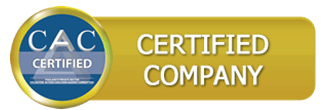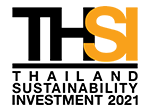Good Corporate Governance
Corporate Risk Management Policy
The Company has established a systematic risk management system throughout the organization in accordance with international standards cover all core activities and risks in all aspects, by identifying risk factors and causes, and conducting risk assessment and analysis. Prioritize risks, manage, monitor and evaluate risk management results to ensure that the company's operations achieve its objectives and goals and remain within an acceptable risk level.
The Company has determined to communicate the risk management policy to all business units and has assigned executives and employees at all levels to be aware of, participate in risk management, and strictly comply with it, along with specifying Corporate and Operational Key Performance Indicators (Corporate & Operational KPIs). To Use as a tool to measure and evaluate the performance in various important aspects of the organization's business operations, including climate and environmental risk management. To reflect the efficiency and effectiveness of the organization and various Business units, the Company has required the executives of the responsible Business units to report their performance results to senior executives on a monthly basis. By considering risk factors and risks according to the Key Risk Indicators (KRIs) that may affect the performance and KPIs to be consistent with the company's business plan and strategy for competitiveness and profitability. To maintain the appropriate level of capital adequacy by establishing policies, practices, operational measures, internal controls and/or risk management plans that cover all core activities appropriately. To create financial stability and confidence among policyholders that the company can pay benefits according to the insurance policy in full and on time, which in addition to being a good image of the company, also helps maintain the reputation and good image of the insurance industry as a whole.




